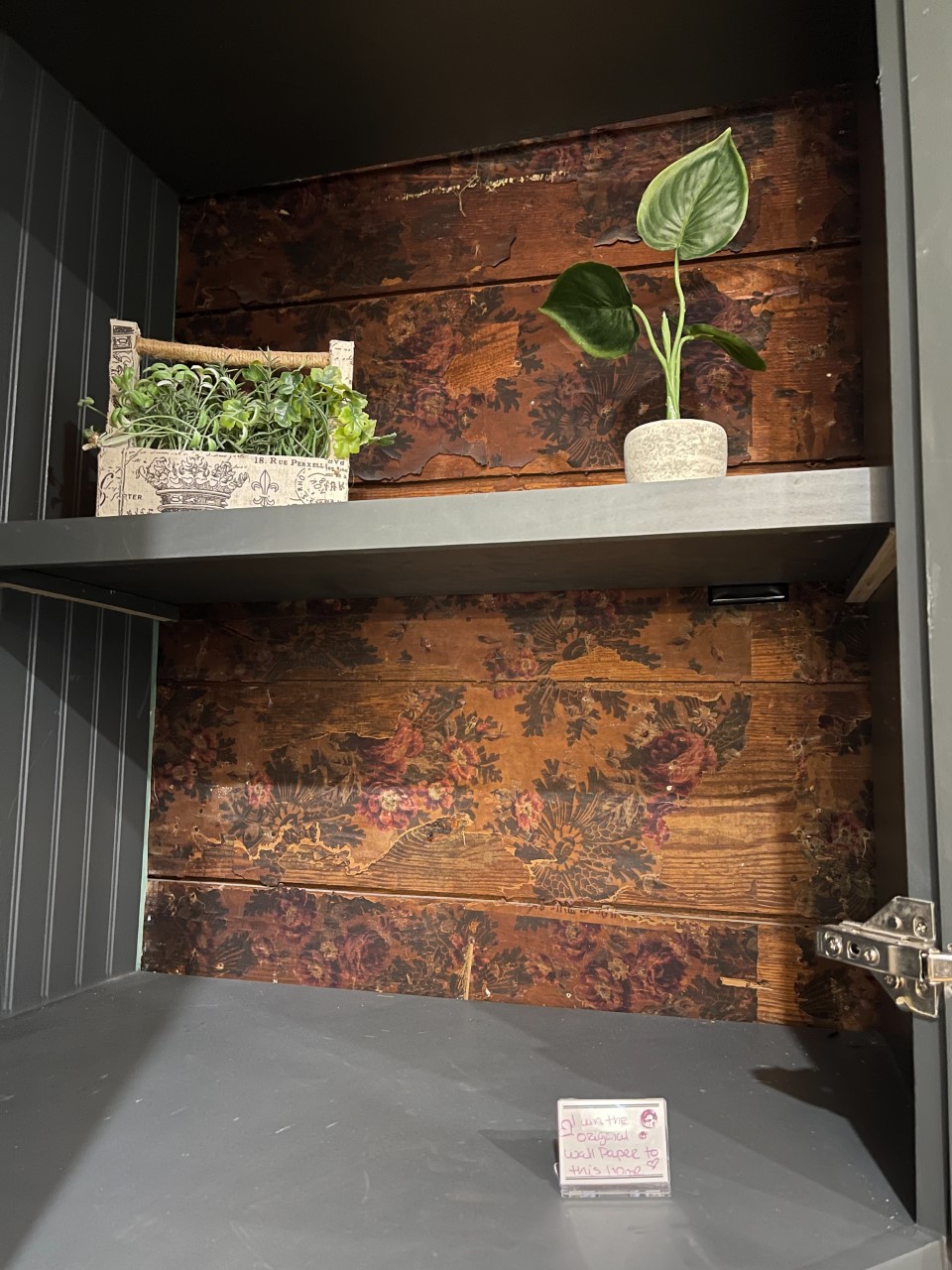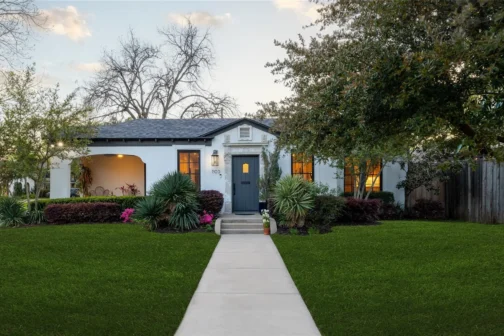It’s kind of funny how Kristen Martin bought 4826 Worth St. She was scrolling through Facebook last year when she saw the 110-year-old Old East Dallas home listed for sale.
“There was no way I was supposed to know it was there,” she says. “And it was just a random post. Nothing special. Nothing particular.”
She recognized it immediately because she had done work on other homes in the neighborhood. Martin drove to the Victorian farmhouse and knocked on the door. The owner was shocked. He hadn’t listed the house. He didn’t even know people were advertising it online, but Martin was able to buy the home from him anyway. She knew she was the right person to bring the historic house into the 21st century.
“I want to transition both worlds into a seamless world,” Martin says, “and it takes a certain person to understand the past, but then still respect the future, too.”
The house was built in 1910 for Sonoma Beeman, who at one point, says Martin, was the oldest lady alive in Dallas. Her family had been integral to the establishment of Dallas. Beeman’s grandfather John Beeman was one of the first settlers in the area. Her sister Margaret married John Neely Bryan, the city’s founder.
Sonoma Beeman and her descendants lived in the Worth Street house for nearly 80 years, Martin says. They saw the area transition from a barren prairie to a concrete mecca from their farmhouse. At one point, there was a creek in the backyard, Martin says. She has records of Sonoma Beeman catching crawfish back there. But when the city started building up and spreading concrete, “I have her saying that’s the day the magic died.”
Restoring the home’s magic was an eight-month “labor of love,” Martin says. Her team took everything down to the studs, braced the floors, restructured the layout, and more. They installed new beadboard, updated the bathrooms, and built custom buffet cabinetry in the kitchen. Martin sourced vintage pieces, like lighting, the electric fireplace, and the farmhouse mirror in the downstairs bathroom, for the house.
“For a Victorian farmhouse, this house has never felt so grand,” Martin says. “I gave her all the bells and whistles that she has always wanted.”

Wherever she could, Martin kept the house’s original elements or repurposed them elsewhere in the home. The laundry sink was re-installed in the kitchen, the dining room doors moved upstairs, and the original front door was moved to the sunroom.
If she had to source new materials, Martin made sure to match them to the originals to keep the look cohesive. For example, much of the original floor was too damaged to salvage. Martin kept what she could of the old growth heart pine, and then scoured across Texas to source more.
“I had to go to Troy, and I dealt with some really kind of shady characters,” she says. This particular pine wood, which is cut from trees at least 200 years old, is hard to source now, but she found a woman on Facebook who had some from an old barn. “And I went and saw it, and it was like a treasure.”
Throughout the renovation process, the man Martin bought the home from would stop by to check out her progress. He didn’t necessarily like what she was doing. “It looked better before,” he’d tell her.
But about two weeks ago, she says he came by one more time and gave her his approval. “You did a good job.”
Get the AtHome Newsletter
Author







